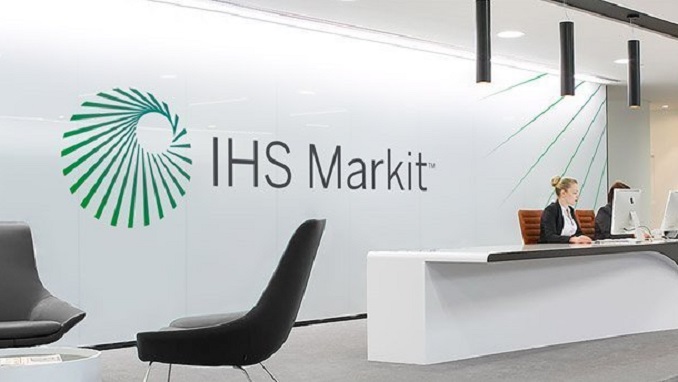The IHS Markit Russia Services Purchasing Index (PMI) was up slightly month-on-month to 36.2 in May from 31.3 in April, but still well below the 50 no-change mark, as the services sector has been crushed by the coronacrisis, bne IntelliNews reports.
The latest headline figure signaled the second-sharpest deterioration in operating conditions across the Russian manufacturing sector since early 2009, Markit reports.
“Driving the decline in overall sector performance was another severe monthly decrease in production during May. Although less marked than April’s record, the decline in output was among the strongest for over 11 years. The downturn was commonly linked to weak demand conditions and smaller order volumes due to lockdown measures,” Markit said in a press release.
More damage is on the way as incomes are expected to fall going forward. Wage growth remained strong in March, at +8.6% y/y and +5.9% y/y in nominal and real terms, respectively. However, the structure has already been heavily marked by the distinct demands of the economy during the lockdown.
The trend of rising wages continued in April with nominal wages up 12.1% and real incomes up 9.7%. However, the real disposable incomes remained more or less flat year-on-year, rising by 0.8% in April, but will almost certainly turn negative in May after inflation jumped.
Russians’ real disposable income will fall by 3.8% in 2020, according to the economics ministry, returning the fall in incomes to its six-year-long trend after a very short period of growth in the last quarter of 2019.
Services have been hurt but not as much as manufacturing where the PMI cratered to an 18-year low of 12.2 in April – by far its lowest level since the survey was launched in the noughties. The May manufacturing results are due out in the next few days and are likely to show a similar deep contraction.
Global lockdowns and weak client demand were commonly linked to the decrease in new orders, which fell at the second-steepest rate since December 2008. Subsequently, greater spare capacity led to a substantial reduction in workforce numbers.
Russia’s unemployment numbers jumped in April by almost a quarter from 4.8% to 5.8%. Russia’s unemployment has been at post-Soviet lows for several years and is one of the limited successes of the Putin administration.
At the same time, the drop in employment mirrored increased pessimism among manufacturers regarding the outlook for output over the coming year. Business confidence turned negative and slid to a record low amid fears of a slow recovery, says Markit.
That dip in optimism is mirrored in other polls. Trust in Russian President Vladimir Putin has more than halved over the last three years from 59% in November 2017 to 25% in May, according to independent pollster the Levada Center, and slid several percentage points in just the last few months as the coronacrisis reached its peak.
Putin’s personal approval rate has also taken a hit, but remained a relatively high 63% in March, on a par with his approval rating in 2013 when Russia’s economic growth fell to zero, marking the start of the subsequent years of stagnation. Putin’s popularity soared into the 80s in 2014 on the back of a surge in nationalistic pride that followed the annexation of the Crimea peninsula. Analysts say that the president’s popularity is falling now as he has broken the unspoken social contract with the Russian people.
The one blessing of the current crisis is that the collapse in demand has held down inflation that should have followed through from the circa 20% devaluation of the ruble, which followed oil prices down following the collapse of the OPEC+ production cut deal on March 6. Rates of inflation eased from April’s recent peaks but remained solid amid a sharp rise in input costs and posted 3.1% in April, according to Rosstat, up slightly from 2.5% the month before.
The Central Bank of Russia (CBR) has already aggressively cut interest rates by 50bp in April to boost growth and the relatively modest inflation in May – there was zero inflation in the first two weeks of May and 0.1% in the third week – paves the way for more aggressive growth-boosting cuts by the central bank in June.












